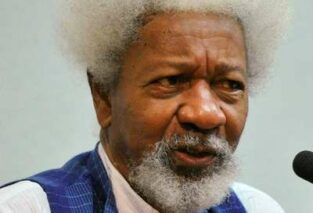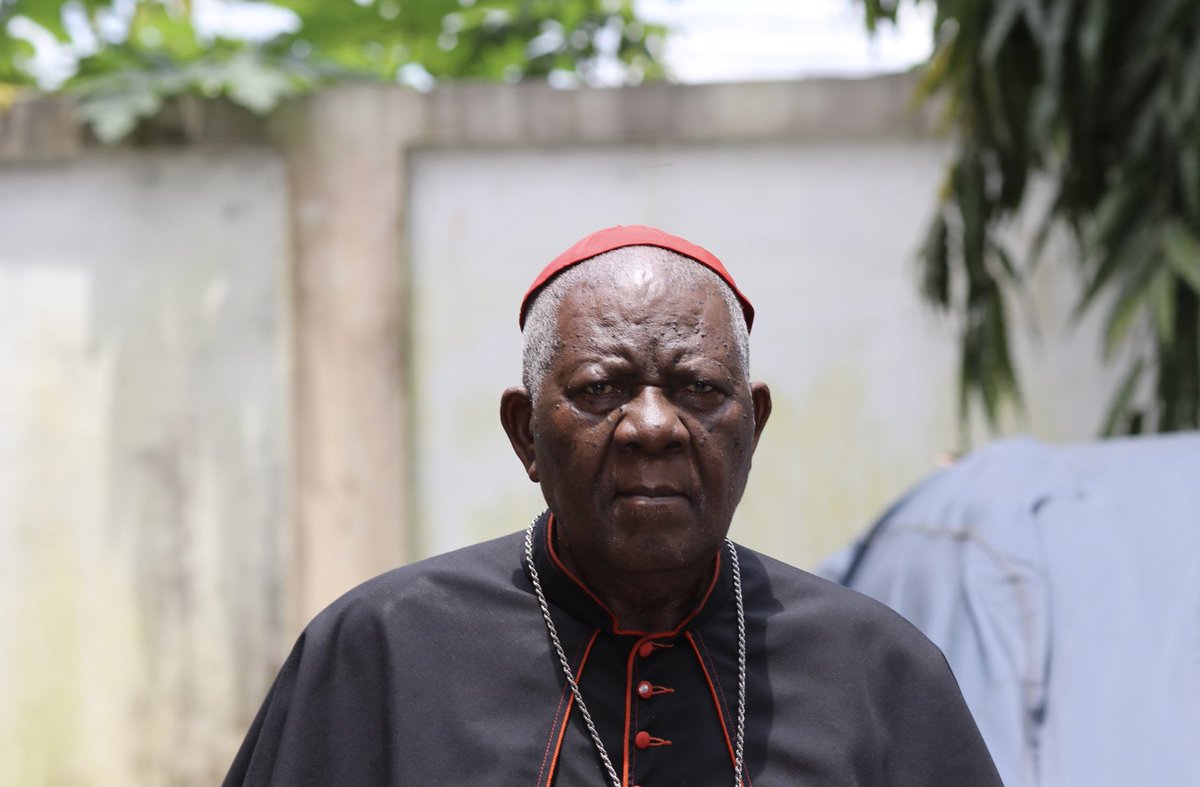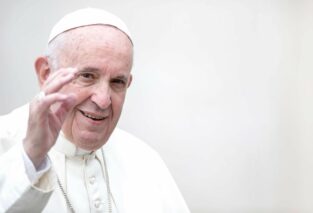When we talk of the Reunification of Cameroon, the mind almost always goes to the political machinations that led two political entities, separated by 40 years of historical forces beyond their control, to come together in one room in Fumban in what has come to be known as the “Fumban Conference” (July 17 – 21, 1961).
There, they cautiously observed each other, then timidly shook hands across the table, before weakly embracing each other and agreeing to form a Federal Republic of Cameroon. Finally, in 1972, through what some joyously celebrate as a “Peaceful Revolution” while others, a vocal minority, decry as pure re-colonisation and/or enslavement, the federal system, the basis of reunification, was scrapped from the history books.
As those political intrigues were going on, what was happening in the Catholic Church in Cameroon? At Reunification in 1961, a number of indigenous clergy was already well in place on both sides of the Mungo. Francophone Cameroon already had an indigenous bishop, Mgr. Paul Etoga. Ordained bishop in 1955, he served for several years as the Bishop of Mbalmayo. He was also the first indigenous bishop in Francophone Africa.The Reunification year, 1961, saw Mgr. Jean Zoa being elevated to the rank of Archbishop of the Metropolitan See of Yaounde. It was the same year that two young men were ordained priests to the Diocese of Buea, who would, a decade later, both be elevated to the rank of bishop, being the first indigenous Anglophone priests to head dioceses. They were Father Paul Verdzekov, today in heaven, ordained the first Bishop of the Diocese of Bamenda (November 8, 1970) and, twelve years later, the first Archbishop of the Metropolitan See of Bamenda (March 18, 1982), and Father Pius Suh Awa, ordained the first Cameroonian Bishop of the Diocese of Buea (May 31, 1971), today the Emeritus Bishop of Buea.
As politicians were jockeying for positions of influence and power in the new Federal Republic, there seemed to be little or no visible “cross fertilisation” between the local Churches on both sides of the Mungo. The bishops undoubtedly held joint meetings to discuss issues of mutual concern to their respective dioceses, but it was not until the creation of St. Thomas Aquinas Major Seminary (STAMS) in Bambui in 1973 that a one-way movement began to make its way from Francophone dioceses, especially Douala, to STAMS. The then Rector of STAMS, Father Christian Tumi, today a Cardinal Priest of the Church of Rome, and the Emeritus Archbishop of Douala, admitted the first Francophone seminarians in STAMS during his tenure of office (1973-1979).
Today, one of the first seminarians admitted from Douala is serving the Church of God in Eseka as a diocesan bishop. He is Mgr. Dieudonne Bogmis, ordained bishop on April 10, 1999, being the first product of STAMS to be elevated to the rank of bishop in Cameroon. Since then, nearly all other dioceses in Francophone Cameroon have been sending seminarians to STAMS each year.
The rhythm of Francophone arrival in STAMS accelerated when its first Rector, who had become the Bishop of Yagoua and later Archbishop of Garoua, Christian Cardinal Tumi, continued to send seminarians from those northern dioceses to train as priests in STAMS. His successor to Yagoua, Mgr. Immanuel Bushu, who had also earlier succeeded Cardinal Tumi as STAMS’ Rector, continued the tradition of sending seminarians from Yagoua to STAMS. Cardinal Tumi’s successor to the Metropolitan See of Garoua, His Grace Archbishop Antoine Ntalou, also kept up the same tradition begun by his predecessor of sending candidates for the priesthood from Garoua to STAMS. Today, just about every diocese in Francophone Cameroon has, or has had, one or more priests formed in STAMS.
Curiously, the reverse trend of candidates for the priesthood leaving from Anglophone Cameroon to Francophone Cameroon is not happening. I wondered why this seemingly one-sided move from East to West? For an answer, I went to someone who knows the formation of priests well, having served in STAMS for ten years, six of those years as Rector. He is the Auxiliary Bishop of Bamenda, His Excellency Mgr. Agapitus Nfon. I began by asking him why this seeming reluctance on the part of the Bishops of the Ecclesiastical Province of Bamenda to send seminarians for formation east of the Mungo.
His Lordship told me that there are two separate traditions of priestly formation in the country. The Mill Hill missionaries, who had taken over control of the Church in English-speaking Cameroon from the German Pallotine missionaries in the 1920s, had put in place a system of formation that lays great emphasis on a life of communion. Priests learn to live together, share things in common and pray together. Bishops ensure that priests are never sent to parishes alone and those living in the same area check on each other. The diocese, in turn, takes care of their material and especially health needs too. The Francophone system of priestly formation is different in that priests are left very much to their own devices after ordination. So their formation does not prepare them for communal life, whereas ours does.
I asked if the bishops of the Ecclesiastical Province of Bamenda were thinking of sending some of their seminarians eastward anytime soon, at least to have a feel of what it is like this side of the country so that when they come back home they can then take care of the spiritual needs of Francophone faithful working west of the historic divide. His Lordship doubted that such a scenario could come up anytime soon. What could likely happen, he thought, is for some English-speaking seminarians to go East, learn French for a few years during their philosophy years, then come back to STAMS for Theology and final ordination. “It is important for our candidates for the priesthood not to lose touch with other seminarians with whom they will serve as priests, if they finally receive the call,” he explained.
“Don’t forget,” His Lordship continued, “that bishops east of the Mungo felt the pressure of the massive arrival of Anglophones into their dioceses soon after reunification, especially in Douala and Yaounde. They knew that they would have to take care of the spiritual needs of the new arrivals, and the best way was for them to send young seminarians to us for training. When they return and are ordained priests, they then serve the Anglophone faithful living with them in the language they best understand, and in a tradition they’re familiar with. For our part, we never had to face such an influx of Francophones to our own side of the country,” he concluded.
The Auxiliary Bishop’s views on this one-sided movement echo those of His Eminence Christian Cardinal Tumi, the Emeritus Archbishop of Douala, who has always been very appreciative of the efforts his predecessor, His Grace Simon Tonye, made to open Anglophone parishes in the city of Douala and entrust them into the care of English-speaking priests. He also lauds his predecessor’s foresight in sending seminarians for formation to Bambui and other parts of the English-speaking world. The fruits of those efforts are clearly visible and strongly felt in the Catholic Church that is Douala where a sizeable number of priests, originally French-speaking, speak English well, and attend to the needs of the Church and God’s people in English.
So, it does seem that behind a united episcopate in our country, still lie two markedly different systems of priestly formation. One, west of the Mungo, clinging jealously to its long-established tradition of forming priests, with emphasis on communal life, and the other, east of the divide, with a much looser approach, priests being ordained and left very much to feign for themselves. All for greater glory of God Almighty.
Douala, October 28, 2012


